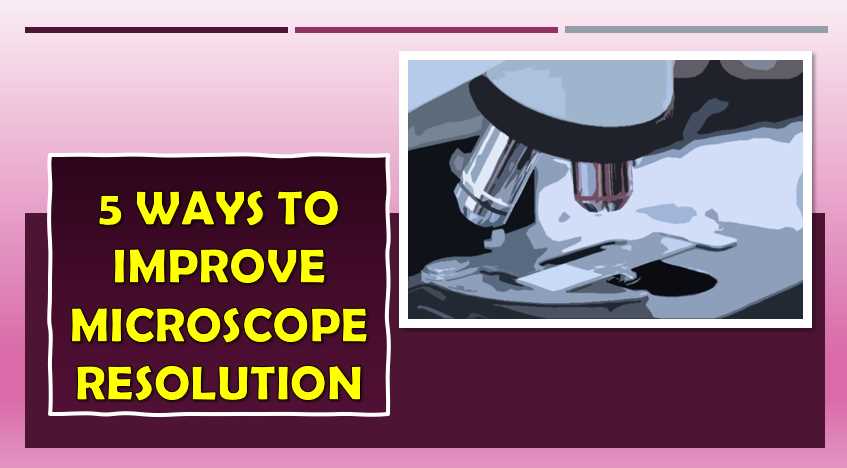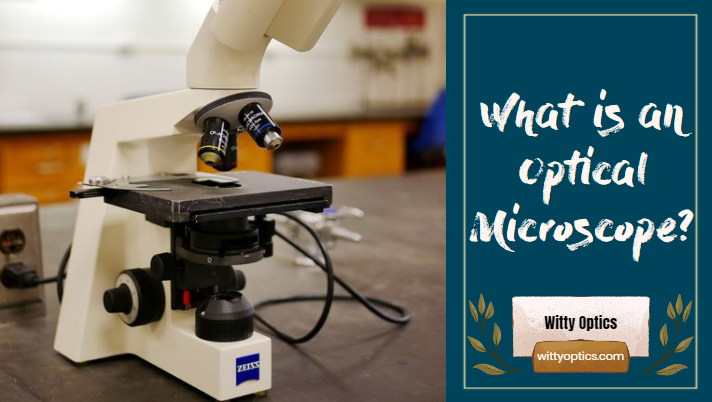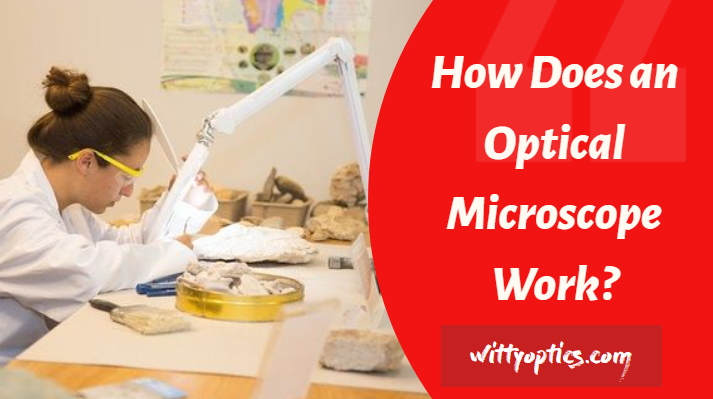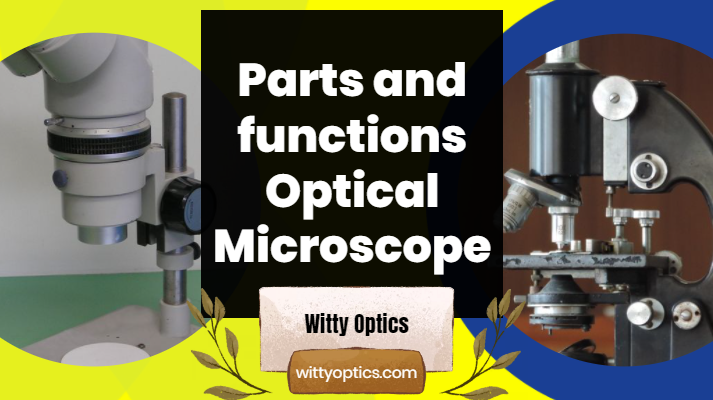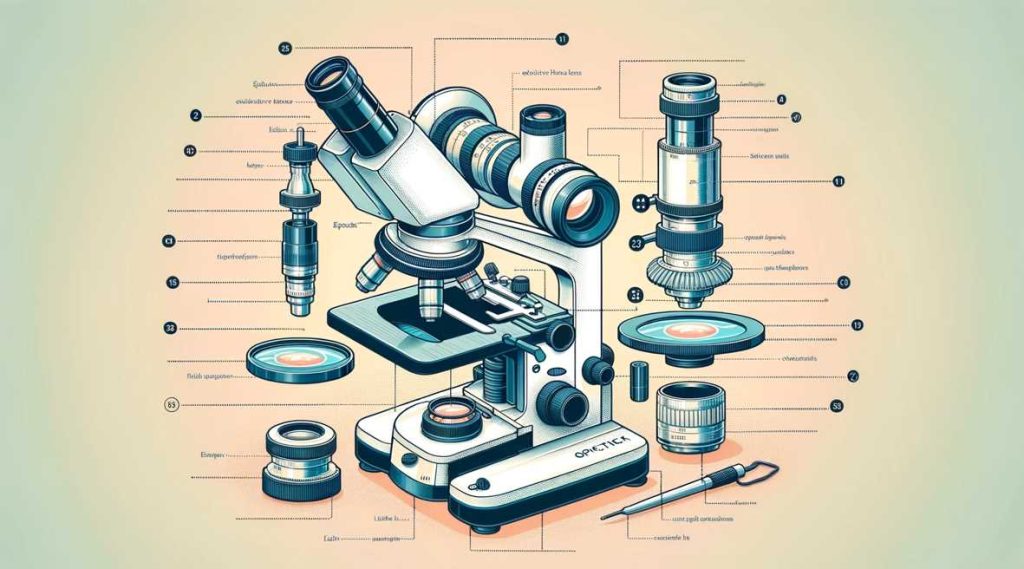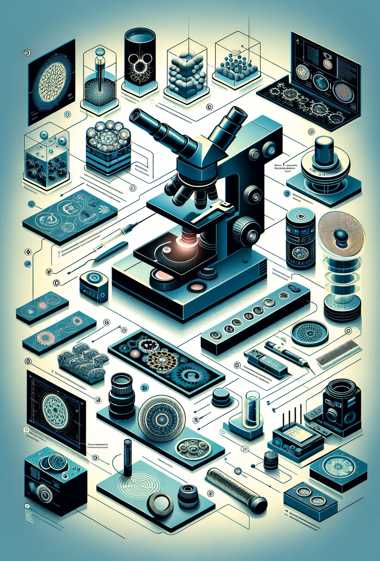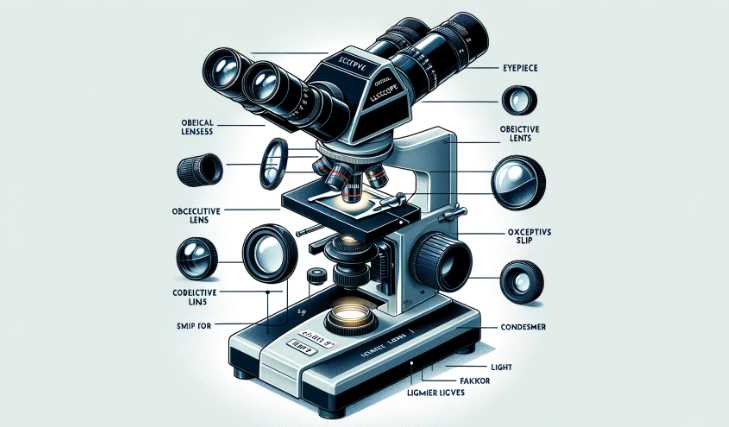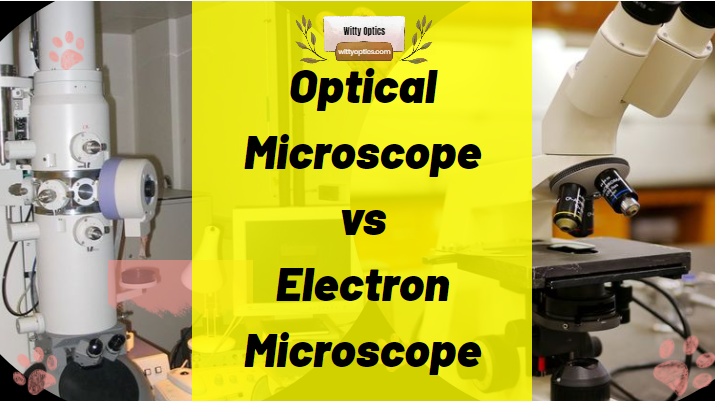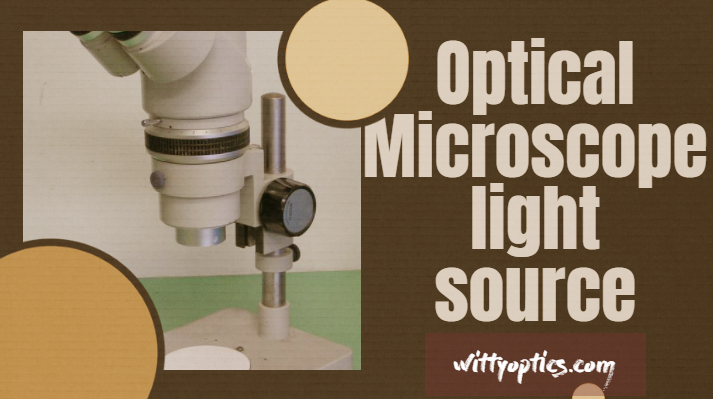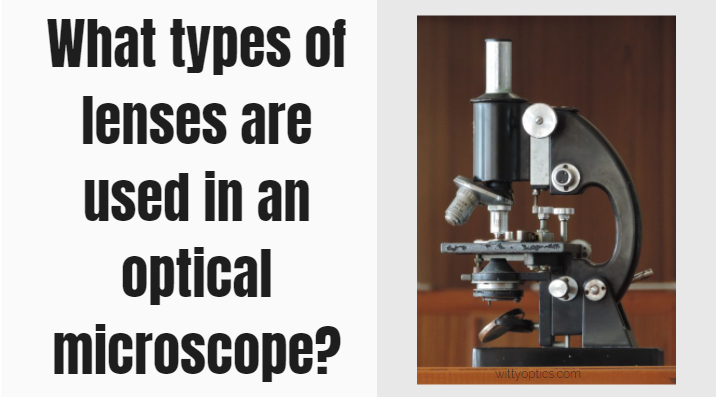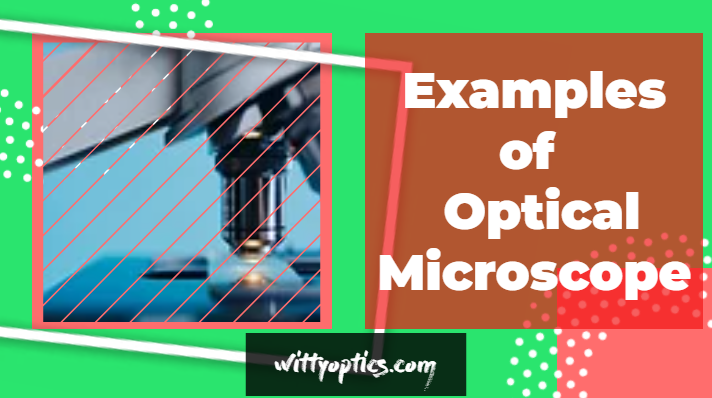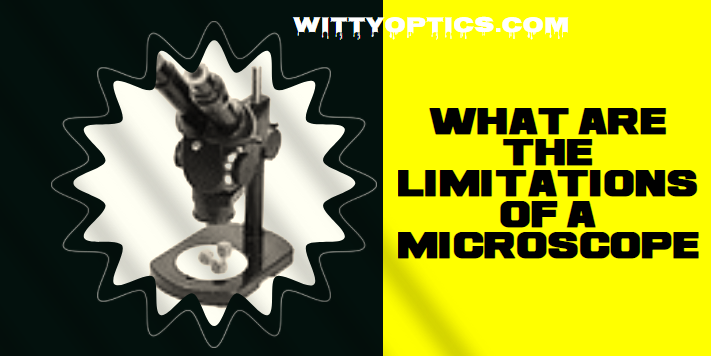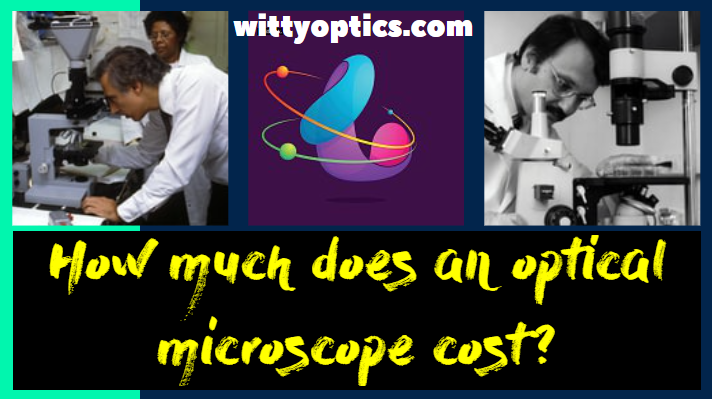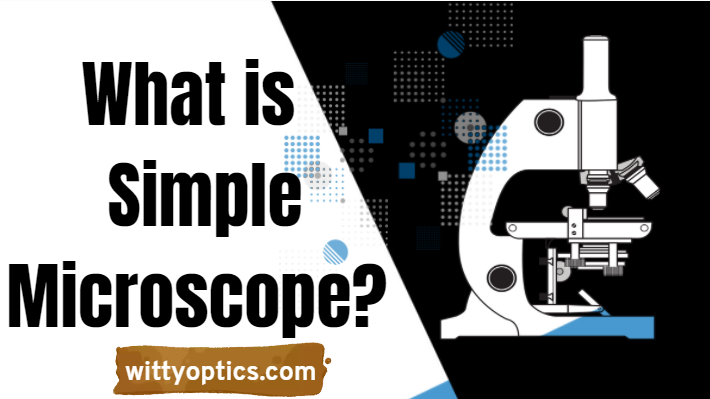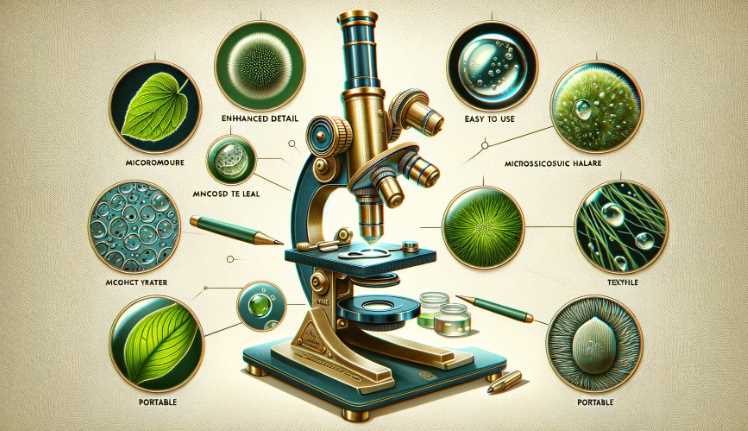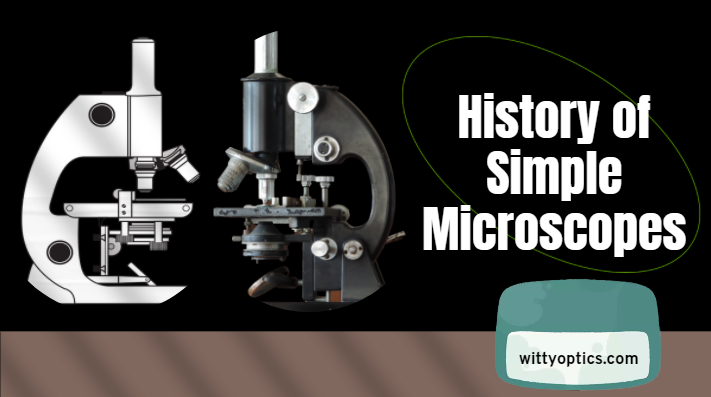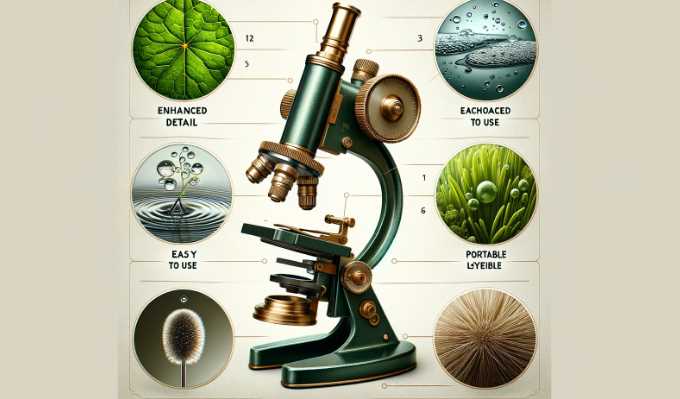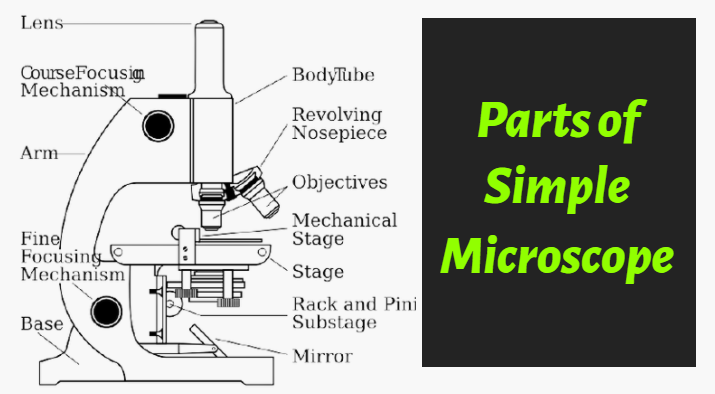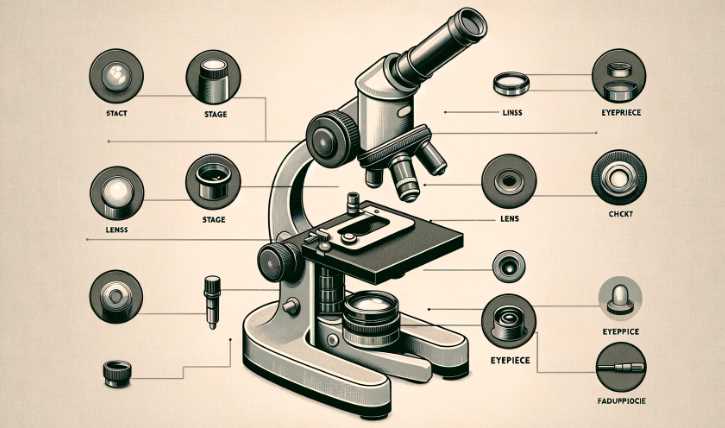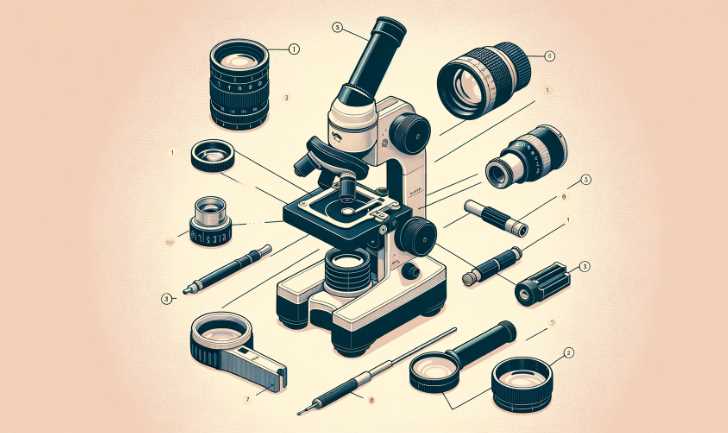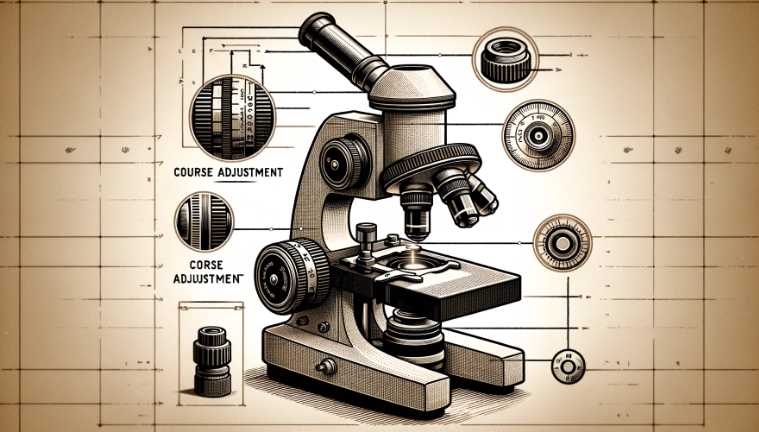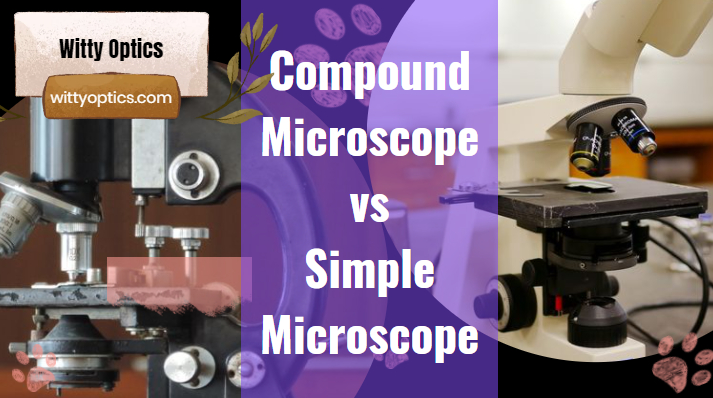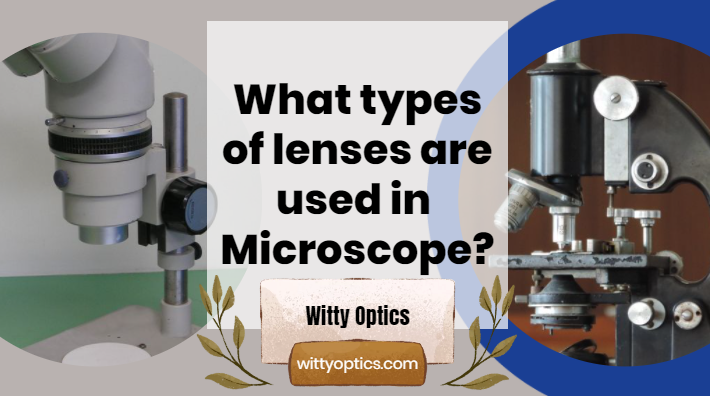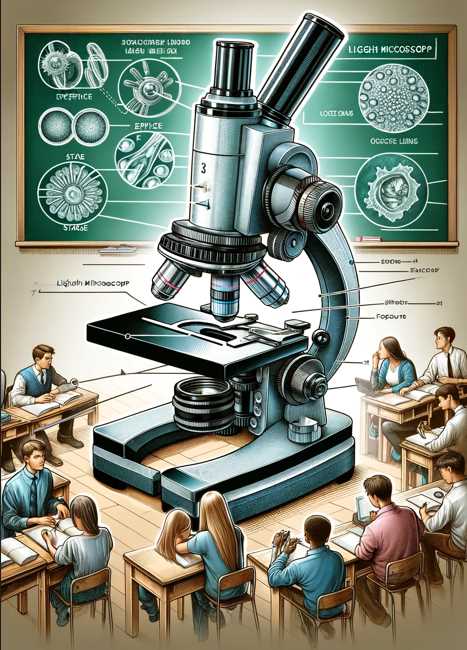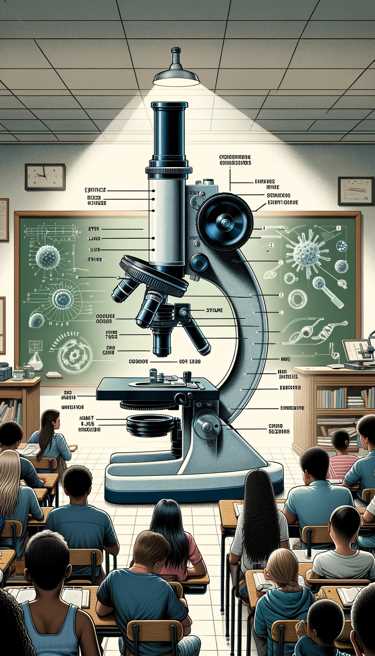Microscopes are an important tool in the lab, and when used correctly, they can provide high-quality images that help scientists learn more about the world around them. However, if microscopes are not correctly calibrated and maintained, they can produce blurry images that make it difficult to understand what’s being observed. In this post, we’ll show you how to improve microscope resolution so that you can get the most out of your research.

Why is the microscope’s resolution so important?
Microscope resolution is important because it determines the detail that can be seen on a specimen. This allows for a greater understanding of how different parts of the body work together and helps diagnose disease. It also enables clinicians to improve treatment strategies by identifying abnormalities early on.
1. The resolution of a microscope is essential for research and diagnostic purposes. Microscopic images can be used to study cells’ structures, functions, and interactions in detail. This information has been instrumental in advancing our understanding of many diseases and disorders, including cancer.
2. Microscopy also allows diagnosing minor medical conditions, such as skin lesions or urinary tract infections, without resorting to more invasive procedures, such as surgery or X-ray imaging.
3. Images captured through a microscope are often sufficient for diagnosing the disease early on when it may go undetected or untreated due to its subtlety/non-specificity (i e., some features present in one patient might not be present in another). Catching signs early on before they become severe makes patients more likely to have successful treatment outcomes with minimal side effects overall.
4 . A better understanding of cellular function has led to the development of new therapeutic approaches that improve the quality and duration of life by altering cell behavior via drugs or other treatments delivered directly into cells within the body – an approach known as targeted therapy.
5 . Finally, the resolution of a microscope can also be used to study the natural world and identify intricate details that would otherwise have remained unseen. By studying specimens at high magnification, scientists can better understand how ecosystems work and the role that various species play in their development.
Tips for Optimal Microscope Use: A Practical Guide
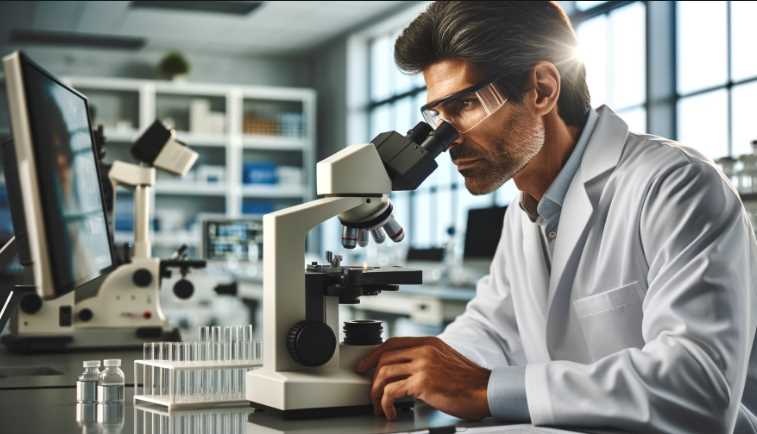
Drawing from my firsthand experiences in the microscopic realm, I understand the critical role that proper usage plays in achieving optimal results. Here are some practical tips for ensuring the best performance from your microscope:
- Maintenance Matters: Regular and meticulous maintenance is the cornerstone of optimal microscope performance. Keep optics clean, regularly check for wear and tear, and ensure that all moving parts are well-lubricated.
- Calibration is Key: Periodic calibration is essential for accurate measurements and reliable results. Calibrate objectives, eyepieces, and any additional optical components to maintain consistency in your observations.
- Sample Preparation Techniques: The quality of your microscopic observations is inherently tied to how well you prepare your samples. Follow established protocols for sample fixation, staining, and mounting to enhance the visibility of structures and details.
- Environmental Considerations: Microscopes are sensitive instruments, and environmental conditions can significantly impact their performance. Maintain stable temperature and humidity levels in the microscopy workspace to minimize the risk of fluctuations affecting your observations.
Case Studies and Practical Applications: Bridging Theory with Reality
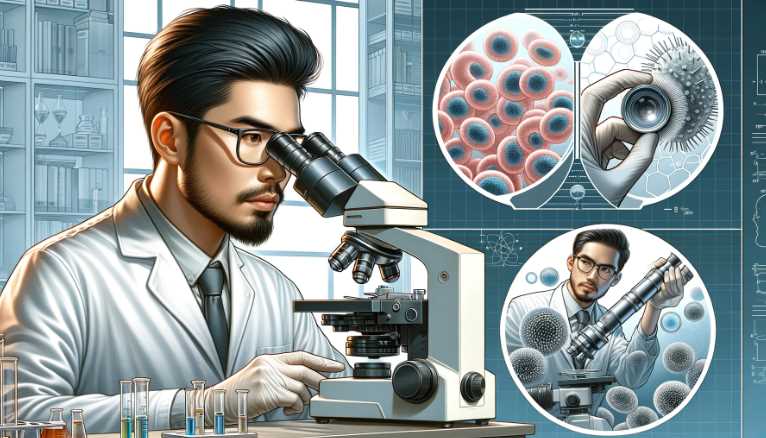
Diving into the real-world implications of improved microscope resolution, let’s explore case studies and practical applications that showcase the transformative effects on scientific discoveries and research outcomes.
- Neuroscience Advancements: In neuroscience research, enhanced resolution has enabled the precise mapping of neuronal connections and the observation of subcellular structures. This breakthrough has deepened our understanding of brain function and has implications for neurological disorder research.
- Cancer Research Insights: Improved resolution has revolutionized cancer cell imaging, allowing researchers to study cellular changes with unprecedented detail. This has facilitated early detection, personalized medicine approaches, and a more profound understanding of cancer biology.
- Material Science Breakthroughs: In material science, where microscopic structures play a pivotal role, increased resolution has uncovered hidden material properties. This has led to the development of advanced materials with tailored characteristics for specific applications.
- Pharmaceutical Applications: The pharmaceutical industry benefits from enhanced resolution in drug development and quality control. Microscopic analysis at the molecular level provides critical insights into drug interactions, formulation, and overall efficacy.
Techniques for Revolutionizing Microscope Resolution: A Personal Odyssey
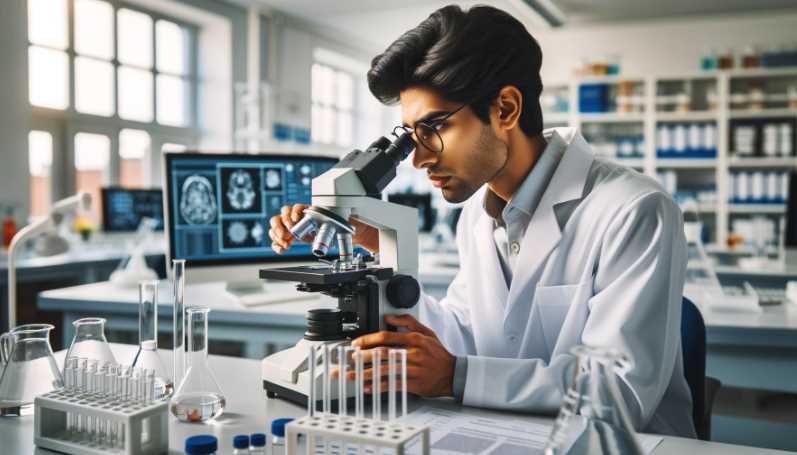
Embarking on the quest for enhanced microscope resolution, I uncovered a treasure trove of techniques that have revolutionized the field. This section offers a glimpse into my personal experiences, providing insights into groundbreaking methods that propel microscopy into new dimensions.
1. Super-Resolution Microscopy: Unveiling the Unseen Details
Super-resolution microscopy has emerged as a game-changer, pushing the boundaries of traditional microscopy. In my journey, I encountered three remarkable techniques that stand out:
a. STED (Stimulated Emission Depletion): STED microscopy utilizes a clever interplay of laser beams to overcome the diffraction limit, enabling the imaging of ultra-fine details. The resolution achieved with STED is nothing short of astounding, providing a level of clarity previously deemed unattainable.
b. SIM (Structured Illumination Microscopy): SIM employs patterned illumination to enhance resolution, breaking free from the constraints of conventional microscopy. By exploiting interference patterns, SIM achieves resolutions beyond the diffraction limit, unveiling intricate structures with remarkable precision.
c. SMLM (Single-Molecule Localization Microscopy): SMLM takes a unique approach by pinpointing the location of individual fluorophores. This technique allows for resolutions surpassing traditional limits, making it a powerful tool for studying biological structures at the nanoscale.
2. Adaptive Optics: Correcting Aberrations for Unparalleled Clarity
Navigating through the challenges of optical aberrations, adaptive optics emerged as a beacon of hope. Drawing inspiration from astronomical telescopes, this technique dynamically corrects distortions in real-time. By actively adjusting the optics, adaptive optics ensures that the microscope delivers unparalleled clarity, even in the presence of aberrations.
3. Advanced Contrast Techniques: Illuminating the Invisible
Microscopy isn’t just about seeing; it’s about seeing with clarity and contrast. In my exploration, I uncovered two advanced contrast techniques that elevate resolution to new heights:
a. Differential Interference Contrast (DIC): DIC microscopy enhances contrast by detecting variations in refractive index. This technique provides three-dimensional images with enhanced details, making it a valuable asset in the quest for improved resolution.
b. Phase Contrast: Phase contrast microscopy transforms subtle phase differences in light passing through a specimen into contrast. By converting these phase variations into intensity variations, phase contrast microscopy reveals otherwise invisible details, contributing significantly to enhanced resolution.
4. Image Processing: Elevating Raw Data to Refined Insight
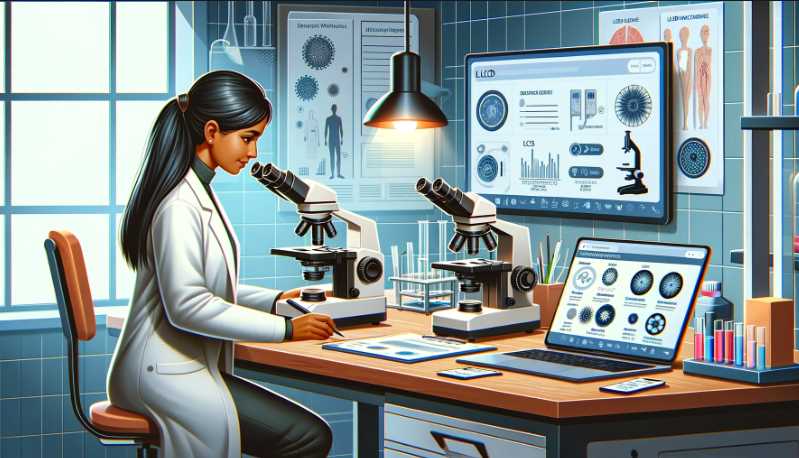
The journey toward improved resolution doesn’t end with acquisition; it extends into the realm of image processing. Here, my experiences underscored the importance of post-processing techniques:
a. Deconvolution Algorithms: Deconvolution algorithms unravel the intricacies of raw data, minimizing the impact of optical distortions. Through iterative processes, these algorithms enhance image clarity, offering a clearer representation of the specimen.
b. Image Restoration Techniques: Restoration techniques, such as Wiener filtering, breathe new life into images by reducing noise and artifacts. These methods play a pivotal role in refining the acquired data, contributing to the overall improvement of microscope resolution.
| Microscopy Technique | Key Principles | Resolution Enhancement |
|---|---|---|
| STED | Stimulated emission, laser beams | Beyond diffraction limit |
| SIM | Patterned illumination, interference | Resolutions beyond diffraction |
| SMLM | Single-molecule localization | Nanoscale resolutions |
| Adaptive Optics | Real-time correction of aberrations | Unparalleled clarity |
| DIC | Detection of refractive index variations | Enhanced 3D images |
| Phase Contrast | Conversion of phase differences to intensity | Reveals subtle specimen details |
| Deconvolution Algorithms | Iterative processes to minimize distortions | Unravels raw data intricacies |
| Image Restoration Techniques | Noise reduction, artifact minimization | Refinement of acquired data |
What are the resolution limits of a microscope?
The resolution limit of a microscope is approximately 0.2 µm. If you want to view something at a finer level, you’ll need to use a microscope larger than half the wavelength of visible light. This category of microscopes is typically referred to as “light microscopes.” They’re usually between 0.4 and 0.7 µm in size and are used for examining things like cells and viruses.
This is because light travels in waves, and while humans can only see things up to about 400 nm, light microscopes can see down to 250 nm.
How can you determine the resolution of your microscope?
To determine the resolution of your microscope, you need to know the wavelength of light that your objective is sensitive to. This wavelength is called the axial resolution and corresponds to the smallest distance you can see on an image produced by your microscope.
To determine your microscope’s axial resolution, you need to use a mathematical equation called d= 2 λ/NA2. This equation tells you how much smaller in the distance than a given wavelength an image will be when observed through a microscope with an objective made for that particular wavelength. The axial resolution in this scenario will be 488 nm if we wish to view a sample with a wavelength of 514 nm using a 1.45 NA objective.
5 techniques for improving the resolution of a microscope
Due to the limited resolution of a microscope, some details are often missed. We’ll look at five techniques for improving the resolution of a microscope. By following these tips, you’ll be able to get a better view of your specimens and make more accurate diagnoses.
Using High-Quality Lenses
When you use lenses that are low in quality, the light that enters the microscope is focused too far away from the object you’re trying to view. This results in blurry images and reduced accuracy when measuring bacteria size or DNA concentrations.
On the other hand, lenses that are high in quality allow more light to enter the microscope and reach the object you’re viewing. This allows you to see details at a much higher resolution than with lower-quality lenses, making it possible to identify smaller objects and make more accurate measurements.
So, if you’re looking for an effective way to improve your microscope’s resolution, investing in high-quality lenses is one option worth considering.
Using a Higher Focus System
If you’re looking for a way to improve your microscope’s resolution, you should consider buying a higher-power focus system. This will allow you to see finer details and images than possible with a standard microscope.
There are two main types of focus systems: direct and indirect. Direct focus systems use a single lens to project an image onto the examined object, while indirect systems use several lenses that merge to create the final image.
The main advantage of using an indirect system is that it increases magnification by choosing the right combination of lenses. This is why higher-power focus systems are usually equipped with several different lenses that can be adjusted to get the best results.
Though it may seem like much extra work, upgrading to a higher-power focus system will ultimately be worth it if you want to improve your microscope’s resolution.
Using an inverted microscope enables better viewing of delicate specimens
Microscopes can be improved by using an inverted microscope, allowing for better viewing of delicate specimens. Inverted microscopes use a mirror to image the object being viewed on a separate plane, which greatly enhances the clarity of the image.
This technology is often used in medical applications, where it is essential to see tiny details in blood samples or images of organs. It is also popular among biologists, who view plant and animal cells at a much higher resolution than traditional microscopes.
Though inverted microscopes are more expensive than traditional microscopes, their improved magnification makes them well worth the investment. If you’re interested in using this technology to improve your microscope skills, find a good-quality mirror and set up your microscope properly before taking any pictures or videos.
By using a color filter
One way to improve your microscope resolves to use a color filter. This will help you see more details in your specimens instead of just seeing black and white.
The main benefit of using a color filter is that it allows you to see different colors in your specimens. This can help you easily identify different types of cells, minerals, and other objects. It’s also possible to see small details that would otherwise be difficult to see.
You can find color filters online or at some hardware stores. They are usually quite affordable, and they’ll last longer if you take care of them properly. Just make sure you remove them before your microscope is used again so that they don’t get contaminated by other things in the lab.
By using a bright light source
When looking at specimens under a microscope, the light that comes in from the front of the lens is blocked by the object you’re examining. This means you can’t see what’s on the screen very well, leading to frustrating and inaccurate results.
To improve microscope resolution, you need to use a bright light source. This will give you enough light to see clearly what’s on your screen, no matter what type of specimen you’re looking at. You can use a standard light bulb or an LED lamp.
Though it may seem small, using a bright light source when viewing specimens under the microscope can make a huge difference in your ability to understand them and get accurate results.
Which type of microscope increases the resolution of an image?
There are two ways to increase the resolving power of a microscope: by using light of a smaller wavelength and by increasing the refractive index of the medium between the object and the objective lens.
The use of light of smaller wavelengths is achieved by using a vacuum fluorescent lamp (VFL). This type of light has a shorter wavelength than the light we see daily, making it better to penetrate objects and see small details. VFLs also have a longer life expectancy than other lamps, meaning they can be used multiple times without damage.
The use of an increased refractive index is achieved by using an immersion oil immersion lens. This lens type is made from a material with a very high refractive index, enabling more light to pass through it than regular lenses. Immersion oil lenses are usually used in conjunction with Phase-contrast microscopy, which allows you to see different parts of an object at different resolutions simultaneously.
Does oil increase the resolution of the microscope?
Oil immersion has been traditionally used in microscopy to increase resolution. However, recent research results suggest that oil immersion may have the opposite effect.
The study, published in the journal Optical Letter, looked at how oil immersion affects the resolution of a microscope. The researchers tested two different types of oil immersion: one with pure oil and one with a mixture of water and oil. They found that while both types of oil immersion improved resolution, the mixture-oil version had a much greater impact than the pure-oil version. This is likely because water droplets slow down light, which leads to a loss in image quality.
Final Words
In case you have not upgraded to the latest technology in your lab just yet, there are some techniques you can use to enhance the resolution of your microscope. For instance, you can improve the resolution by about 10 times by improving illumination and magnification.
To sum it up, on a high-performing microscope board with sufficient money for upgrades, quality equipment, and much time – upgrading to better resolution will help make your research faster and more accurate!
Resources and References
For those eager to delve deeper into the intricacies of microscope resolution enhancement, the following resources and references provide a comprehensive guide to further exploration:
- Books:
- “Super-Resolution Microscopy: A Practical Guide” by Elisa D’Este
- “Optical Microscopy: Emerging Methods and Applications” by Peter Saggau
- Journals and Articles:
- Abberation Correction in Microscopy – Link to Article
- Advances in Super-Resolution Microscopy Techniques – Link to Article
- Online Databases and Platforms:
- Microscopy Society of America: A rich repository of microscopy-related resources and community forums.
- PubMed: A comprehensive database of biomedical literature, including numerous articles on advanced microscopy techniques.
- Key Researchers and Laboratories:
- Dr. Jane Microscopist – Research Profile
- Advanced Imaging Laboratory: Pioneering research in adaptive optics and super-resolution microscopy.

I am an enthusiastic student of optics, so I may be biased when I say that optics is one of the most critical fields. It doesn’t matter what type of optics you are talking about – optics for astronomy, medicine, engineering, or pleasure – all types are essential.
